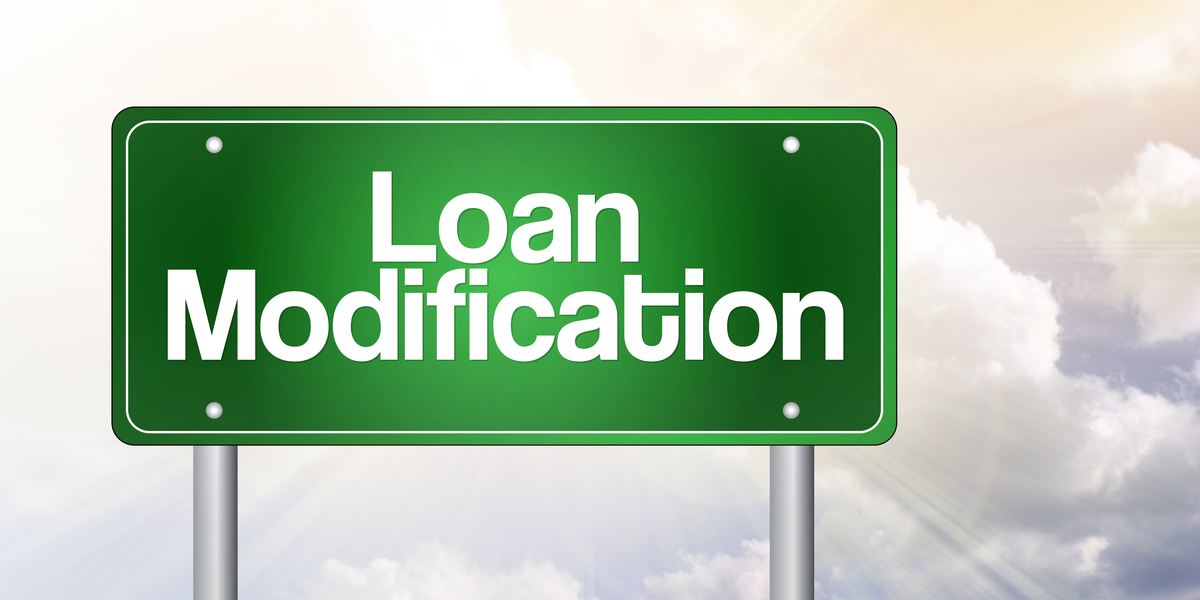How to Determine if You are a Candidate for a Loan Modification
Lenders and servicers will, in general, look for one thing when you submit a modification request. They look for a documentable hardship of course, but at the end of the day if they decide to grant your request for a loan modification all they really want to know is if you can afford the new payment(s). This is the big secret behind getting a loan modification approved. There is, however, an art to making loan modifications work. You must disqualify yourself from your old payments and at the same time qualify yourself on a new payment structure. It sounds complicated and it is at first but you will quickly learn important strategies for effectively processing loan modifications. To understand what the lender or servicer considers qualified, you have to know how lenders calculate your income. The income you can use to qualify for a modification is different from traditional income calculations used to qualify for traditional loans. Moreover, the difference in the qualification guidelines is typically in your favor.
For a modification, you can qualify based on your documentable total household income. As such, you can count income from almost any source: Grandma’s SSI, income from child day care services, from a second job paid under the table, etc. so long as it can be proved. Proof must be in the form of bank statements, 1099’s or in some other documentable form as outlined in the submission paperwork you will provide the lender. In addition, if only one of two spouses was on the original loan, the other spouse’s income can count so long as it is documentable.
Once you calculate all documentable monthly income from all household sources you then have what you can present to the lender as the new qualifying income. To calculate a qualifying monthly mortgage payment, use the benchmark fully amortizing 5.00% rate on whatever the new balance might be, counting arrearages if they are added back into the loan. WARNING: this is only for a general qualifying exercise only; do not expect this rate or payment! If the payment at 5.00% is just too high, then you may not be an appropriate candidate for a modification. However, you can still request help with other services such as a deed in lieu of foreclosure, a short sale or postponing as long as possible a notice of trustee’s sale in an effort to help you transition to more affordable housing.

